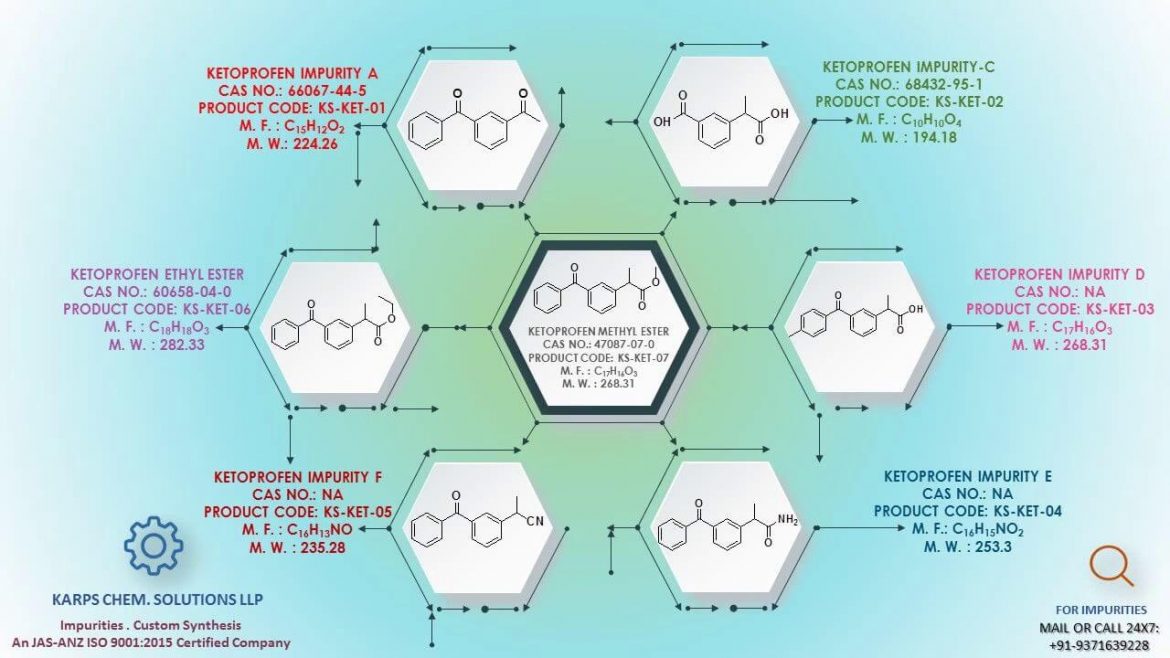How to control impurities has been one of the greatest concerns in the pharmaceutical industry.
Proper understanding of pharmaceutical impurities is super important when it comes to developing a drug from scratch. If impurities exist at the end of the development process, it can have severe pharmacological and toxic effects, such as reducing the quality of the product and jeopardizing patient safety.
You may be asking, “What are pharmaceutical impurities?”
Here is all you need to know about it
What are impurities?
Impurities are simply chemical substances that are restricted in an amount of liquid, gas, or solid, and that is different from the main composition of that substance.
The International Conference on Harmonization (ICH), which is working on creating suitable guidelines for impurity control, defines impurities as a part of the new drug substance that is not part of the chemical entity of that new drug substance.
In simple terms, impurities are unwanted chemicals that either mix with the active ingredients are formed during drug development or form upon aging. Anything that is not part of the main substance is an impurity.
The amount of impurity doesn’t affect its power. Their presence even in tiny amounts can adversely affect the safety and efficiency of the pharmaceutical products.
There has been lots of increasing research and studies on the impurity profile on drugs, because of various regulations provided by international bodies.
How are Impurities classified?
There are different ways impurities can be classified. They are:
- By their common names: Degradation products, interaction products, related products, transformation products, by-products, intermediates, penultimate intermediates, etc.
- By ICH terms: The ICH has a unique way of classifying impurities such as- residual solvents, organic impurities, and inorganic impurities. Note that these impurities can either be drug or process related.
- United States Pharmacopeia: the USP groups impurities as Ordinary impurities, Organic Volatile impurities, and Impurities in official articles.
You can also classify organic impurities if they develop during the production or process stages, and they may be by-products, intermediates (otherwise known as starting materials), or degradation products.
How can impurities be formed?
You would most likely find impurities in active pharmaceutical ingredients (APIs), unless the manufacturers exercise caution during every step of the synthesis. For instance, there is normally a test for p-aminophenol, which could act as an intermediate for a manufacturer in the production of paracetamol.
Impurities can also be created from the degradation of the product, especially when producing bulk drugs. For instance, cephalosporin and penicillin are great examples of degradation products.
What about destructive impurities?
Impurities can influence the effects of the product, even though they exist in trace amounts. It’s safe to say that impurities can be termed ‘destructive’ when they interfere or block the working nature of the product.
You can remove impurities by both physical and chemical means, depending on the manufacturing conditions the substance was subjected to. Most times, it is done chemically. However, it is impossible to remove impurities completely because of its thermodynamic nature.
